Dynamos have surged in popularity, especially within the bikepacking and ultra-endurance cycling communities. This rise is largely due to their unique ability to continuously power bike lights and even charge devices while you’re on the move. A Bike Dynamo offers a reliable and sustainable power source, eliminating the need for constant battery charging and replacements, making it an invaluable component for cyclists seeking independence and preparedness on their rides.
But what exactly is a bike dynamo, and how does it work? This guide will delve into the world of bike dynamos, covering everything from their basic function to their advantages, disadvantages, and the best options available on the market.
Understanding Bottle and Hub Dynamos: Functionality and Mechanics
A dynamo, in its essence, is a generator that converts mechanical energy into electrical energy. In the context of cycling, a dynamo is ingeniously integrated to harness the rotational energy of the bike’s wheel. Typically housed within the hub of the wheel, a dynamo hub operates by electromagnetic induction. This process involves passing powerful permanent magnets, embedded in the hub’s rotor, over a stationary coil of wire known as the stator. This interaction generates an electric current, effectively turning your wheel’s spin into usable power.
Most dynamo hubs are designed to produce a standard output of six volts, with a maximum power rating of three watts. Crucially, the power generated by a bike dynamo is directly proportional to your cycling speed; the faster you pedal, the more power is produced.
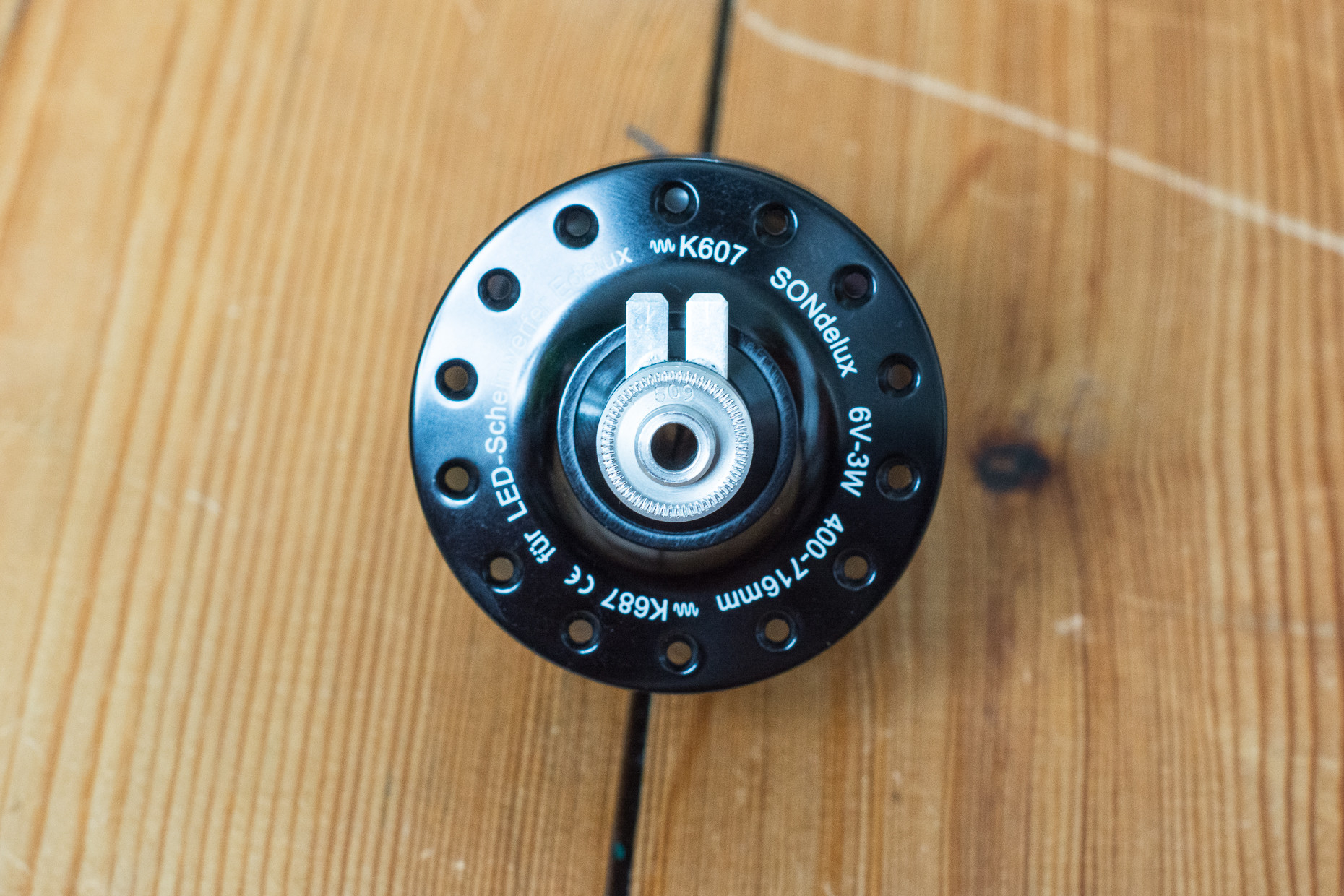 SON SONDelux dynamo hub
SON SONDelux dynamo hub
A close-up of a SON SONDelux dynamo hub showcasing its electrical connectors, typically featuring two prongs on the drive side for easy connection to bike lights.
Electrical connections on a dynamo hub usually consist of two prongs located on the driveside, facilitating connection to your bike lights. However, innovative connectorless systems that integrate directly into the bike’s fork are also emerging. While front hubs are the most common location for dynamo integration, some models are designed for rear hub placement.
Dynamo hubs are versatile and compatible with a wide array of bikes, accommodating both rim and disc brake systems, as well as thru-axle and quick-release wheel mounting standards. Furthermore, they are available in sizes to suit various wheel diameters. It’s important to choose a dynamo hub designed for your wheel size because smaller wheels rotate faster than larger ones at the same speed. Using a dynamo designed for 700c wheels on a smaller 20-inch folding bike at high speeds could potentially damage your lights due to overvoltage.
Many brands, such as Hunt, Halo, and Prime, offer complete dynamo wheelsets. However, a significant number of cyclists prefer the customizability of building their own wheels around a dynamo hub of their choice.
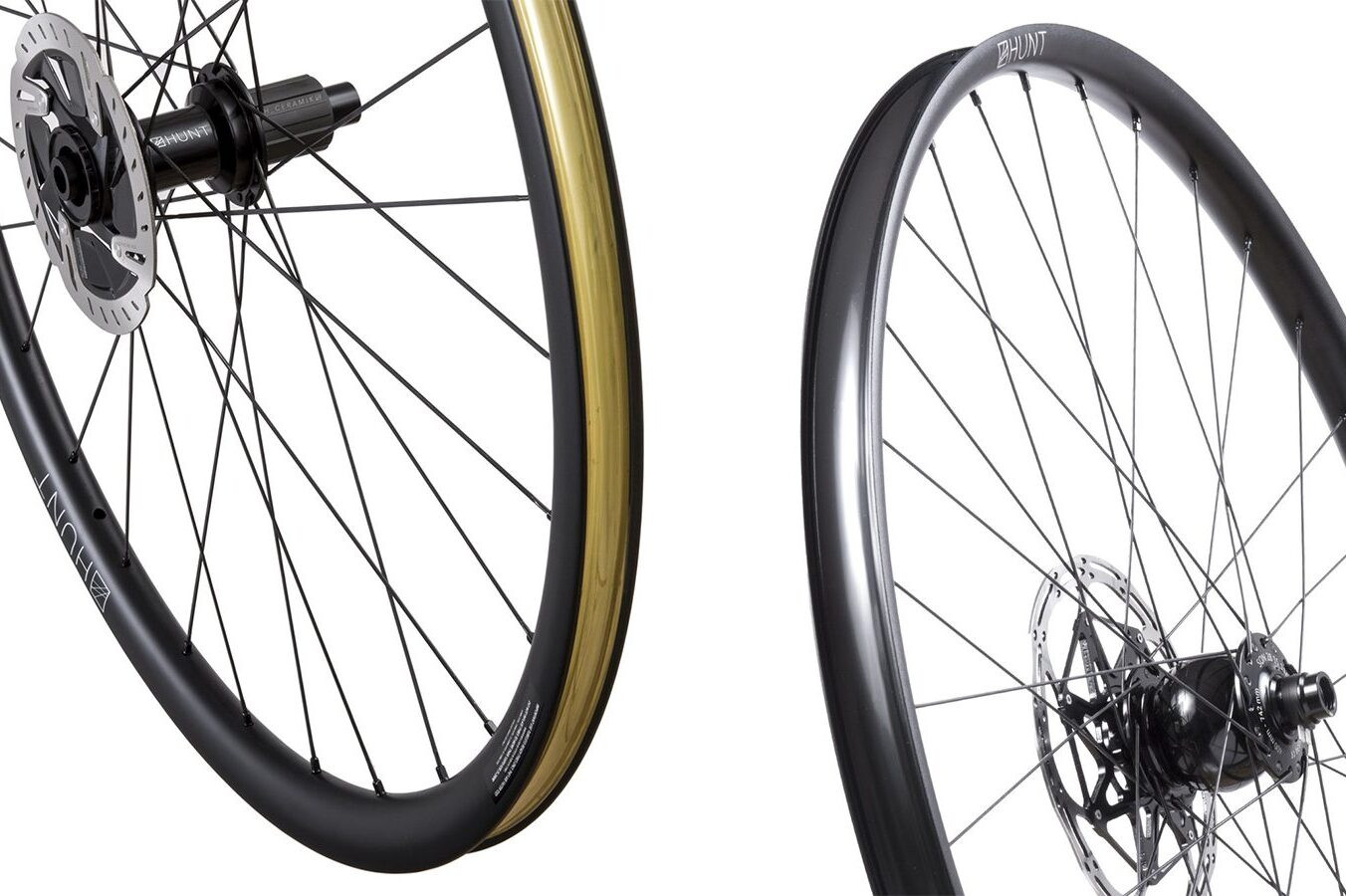 Hunt MTB dynamo wheels
Hunt MTB dynamo wheels
A set of Hunt MTB dynamo wheels, illustrating the option of purchasing pre-built dynamo wheelsets, although many cyclists opt to build custom wheels with their preferred dynamo hubs.
Bottle Dynamos: An Alternative Approach
 I
I
A bottle dynamo in action, demonstrating its position against the bike tire sidewall, using the tire’s rotation to generate power for bike lights.
Bottle dynamos, also known as sidewall dynamos, present an alternative to hub dynamos. While they operate on similar electromagnetic principles, their design differs significantly. A bottle dynamo is a bottle-shaped generator mounted on the seatstays. It generates power by pressing a small wheel against the bicycle’s tire or rim as it rotates.
Bottle dynamos offer the advantage of easier installation on existing bikes as a retrofit option and are generally more budget-friendly than hub dynamos. They also feature a mechanism to disengage them completely when not in use, reducing drag. However, bottle dynamos are prone to slipping in wet or muddy conditions and tend to be noisier during operation compared to hub dynamos.
Dynamo vs. Alternator: Clarifying the Terminology
 Close up of a headlamp and a dynamo. Too, a concept for ecology, rural life and life outdoors.
Close up of a headlamp and a dynamo. Too, a concept for ecology, rural life and life outdoors.
An image representing the concept of bike dynamos and outdoor cycling, highlighting the dynamo as a power source for bike lights, essential for ecology and rural life.
Technically speaking, most “dynamos,” including both bottle and hub types used on bikes, are actually single-phase alternators, or more precisely, magnetos. These devices generate alternating current (AC). A true dynamo, in the strictest scientific definition, produces direct current (DC). Therefore, “generator hub” would be a more accurate term for what cyclists commonly refer to as a dynamo hub.
So why the widespread use of “dynamo hub”? The term has become genericized in cycling, much like Xerox for photocopiers or Velcro for hook-and-loop fasteners. Sturmey Archer’s Dynohub, introduced in the 1930s and widely adopted, became synonymous with generator hubs. Consequently, “dynamo” became the common term in cycling jargon, even if technically inaccurate.
Dynamo Lights: Illumination Powered by Your Pedals
While “dynamo” technically refers to the power-generating component, it’s often used colloquially to describe bike lights powered by a bike dynamo. These lights offer a continuous and reliable source of illumination, directly linked to your pedaling.
Dynamo Headlights: Seeing the Road Ahead
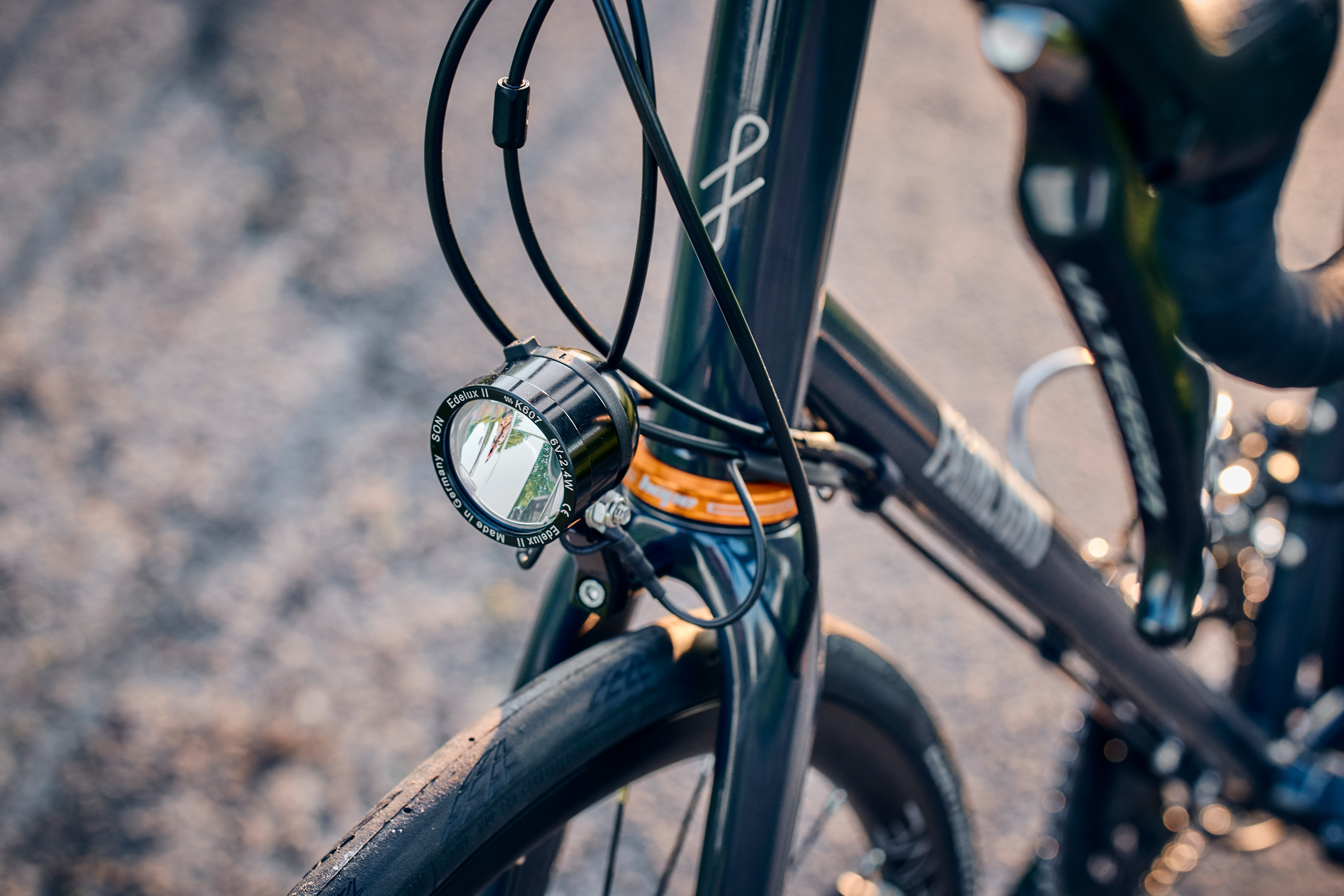 SON Edelux II dynamo headlight on Fairlight Strael
SON Edelux II dynamo headlight on Fairlight Strael
A SON Edelux II dynamo headlight mounted on a Fairlight Strael bike, illustrating the sleek integration of dynamo lighting systems on modern bicycles.
A dynamo headlight relies entirely on the power generated by a dynamo to function. Most dynamo headlights include a small capacitor or battery, known as a standlight, which provides residual illumination for a short period after you stop pedaling. However, continuous illumination requires the wheels to be spinning. Crucially, the vast majority of dynamo lights cannot be powered by external batteries. Conversely, most battery-powered headlights are not designed to run directly from a dynamo, although some exceptions exist, such as lights that allow for slow charging of their internal battery via a dynamo while riding.
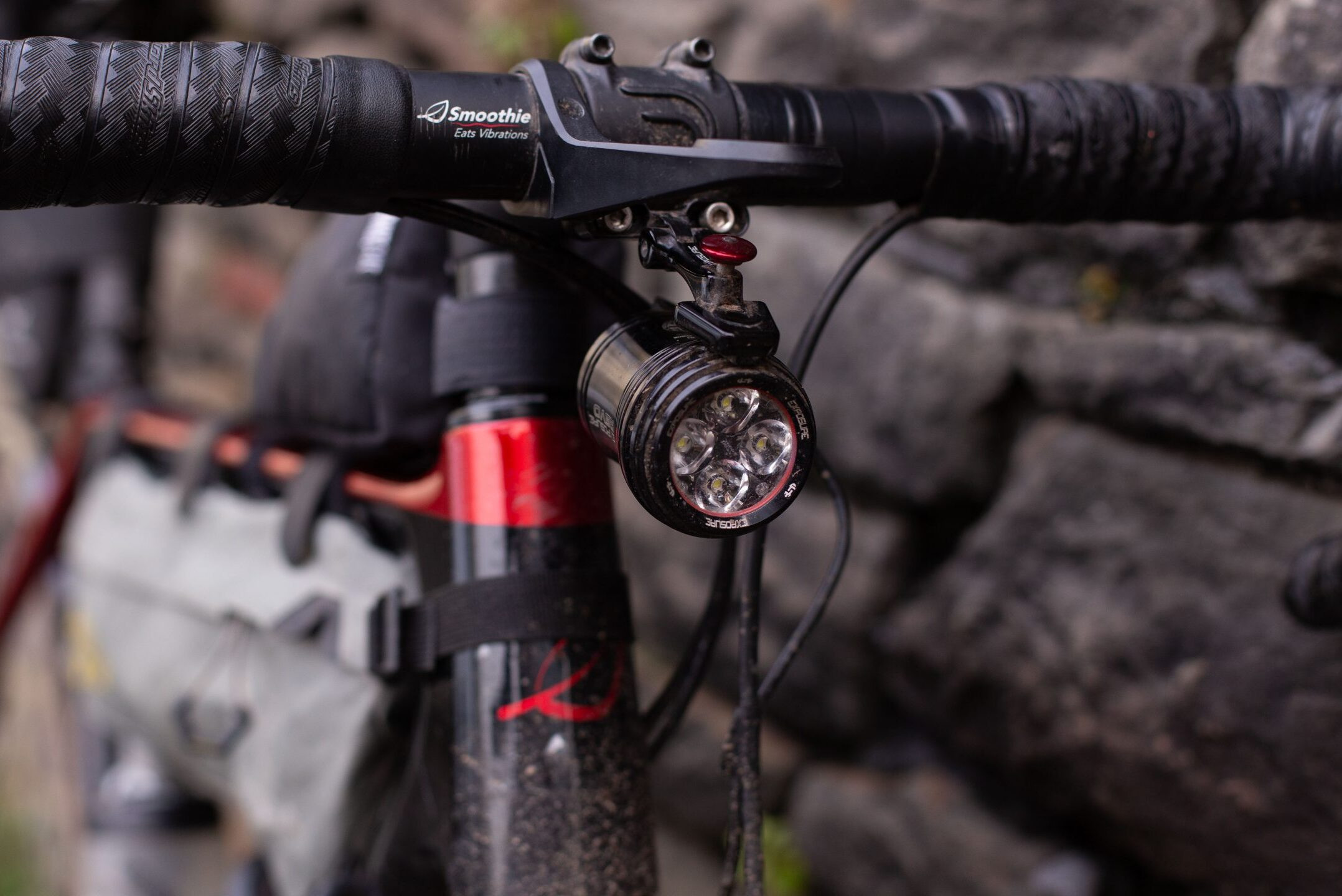 The Exposure Revo and Hunt Superdura Disc Dynamo wheel are my favourite parts on the bike.
The Exposure Revo and Hunt Superdura Disc Dynamo wheel are my favourite parts on the bike.
An Exposure Revo dynamo light paired with a Hunt Superdura Disc Dynamo wheel, showcasing a modern dynamo lighting setup favored for its reliability and performance.
Modern LED dynamo headlights are sophisticated devices. They incorporate a rectifier circuit to convert the AC power from the dynamo to DC power suitable for LEDs. They also typically include over-voltage protection and logic circuits to manage the standlight function. Older incandescent dynamo lights were simpler, working with both AC and DC, but they are significantly less bright and reliable than modern LED options and are now primarily found on very basic, budget-oriented dynamo lights.
A key differentiator of many dynamo headlights, particularly those popular in Europe, is StVZO compliance. StVZO is a German standard that sets specific design requirements for bike lights to ensure they meet safety and performance criteria.
 100 LUX LUMOTEC IQ-X Beam – StVZO compliant beam example
100 LUX LUMOTEC IQ-X Beam – StVZO compliant beam example
An example of a StVZO-compliant light beam from a Busch Müller IQ-X headlight, demonstrating the cut-off beam design that directs light effectively without blinding oncoming traffic.
StVZO-compliant lights utilize a specifically shaped cut-off beam that directs light onto the road or trail without dazzling oncoming drivers. This beam pattern is favored by many road cyclists for its focused illumination and consideration for other road users. However, it’s less ideal for off-road riding, where a wider beam pattern is generally more beneficial. Many leading dynamo light manufacturers, such as SON, B&M, and Supernova, are based in Germany, contributing to the prevalence of StVZO-compliant lights in the dynamo market.
While StVZO compliance is common, exceptions exist. Lights like the KLite BikePacker Ultra V2, Exposure Revo, and Sinewave Beacon use a standard round beam, often preferred for off-road cycling and bikepacking due to their wider spread of light.
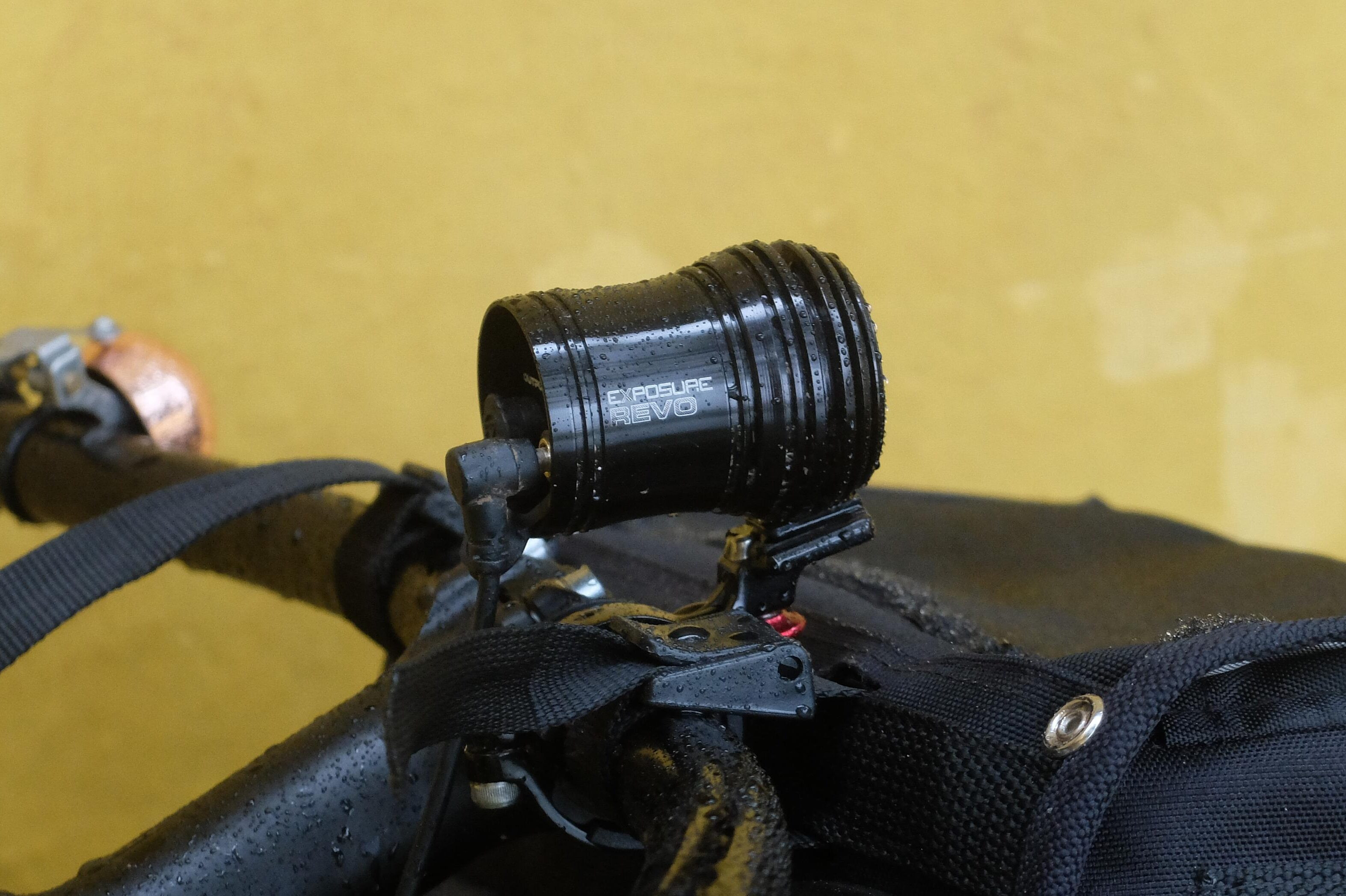 The Exposure Revo light is one of the nicest dynamo lights on the market
The Exposure Revo light is one of the nicest dynamo lights on the market
The Exposure Revo dynamo light, known for its standard round beam, which is particularly advantageous for off-road cycling and bikepacking adventures.
Dynamo Rear Lights: Ensuring Visibility from Behind
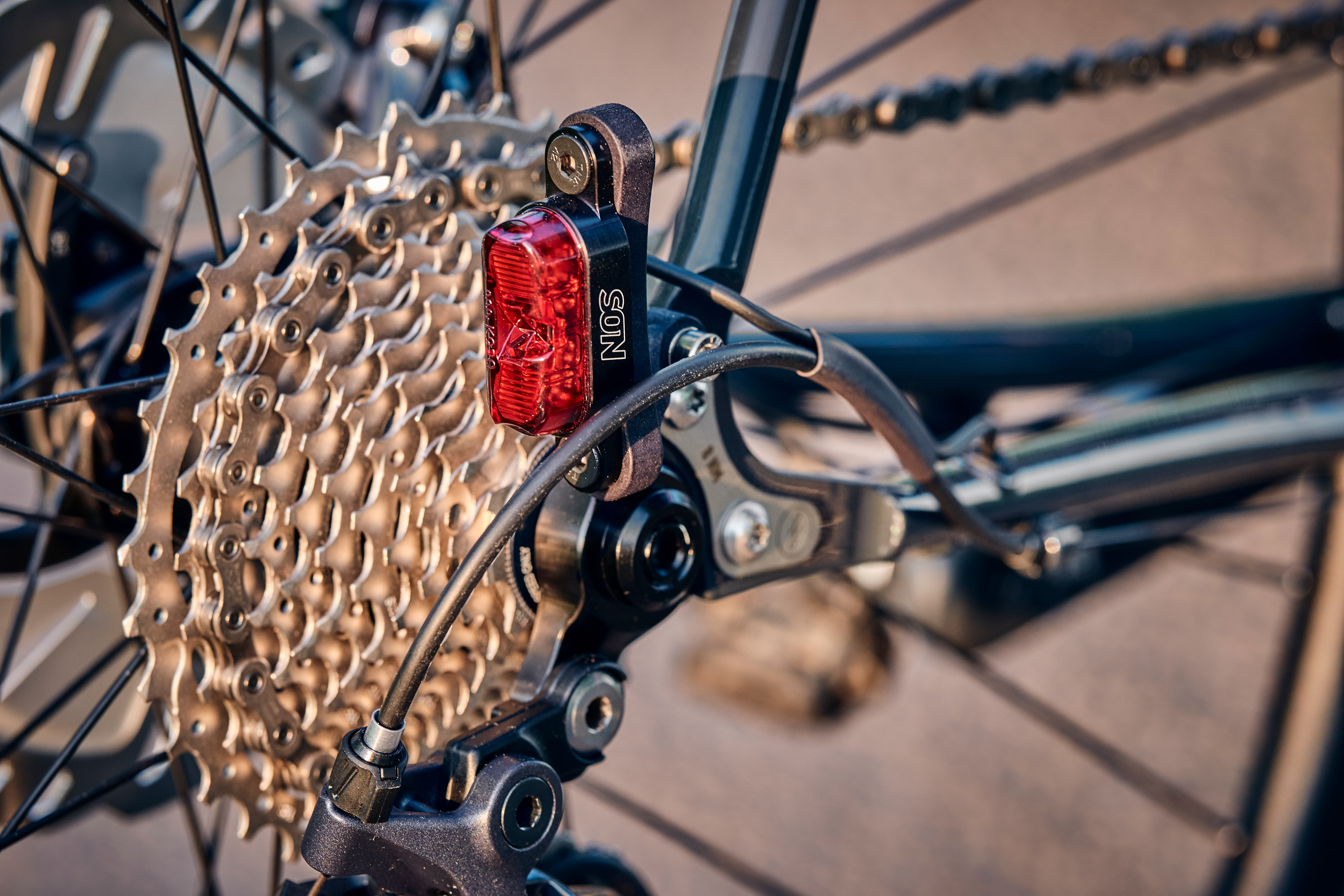 Rear dynamo light on Fairlight Strael
Rear dynamo light on Fairlight Strael
A rear dynamo light mounted on a Fairlight Strael bike, illustrating the typical placement and wiring of rear dynamo lights, often bolted securely to the bike frame.
Dynamo rear lights are typically connected to the dynamo headlight via cables running along the bike frame. These are basic lights, often consisting of a simple LED within a casing with a long connecting cable. They rely on the standlight circuit in the headlight to maintain illumination when the bike is stationary.
 Rear dynamo light cable routing
Rear dynamo light cable routing
Dynamo light cable routing on a bike frame, showing the permanent wiring characteristic of dynamo lighting systems, ensuring reliable connections.
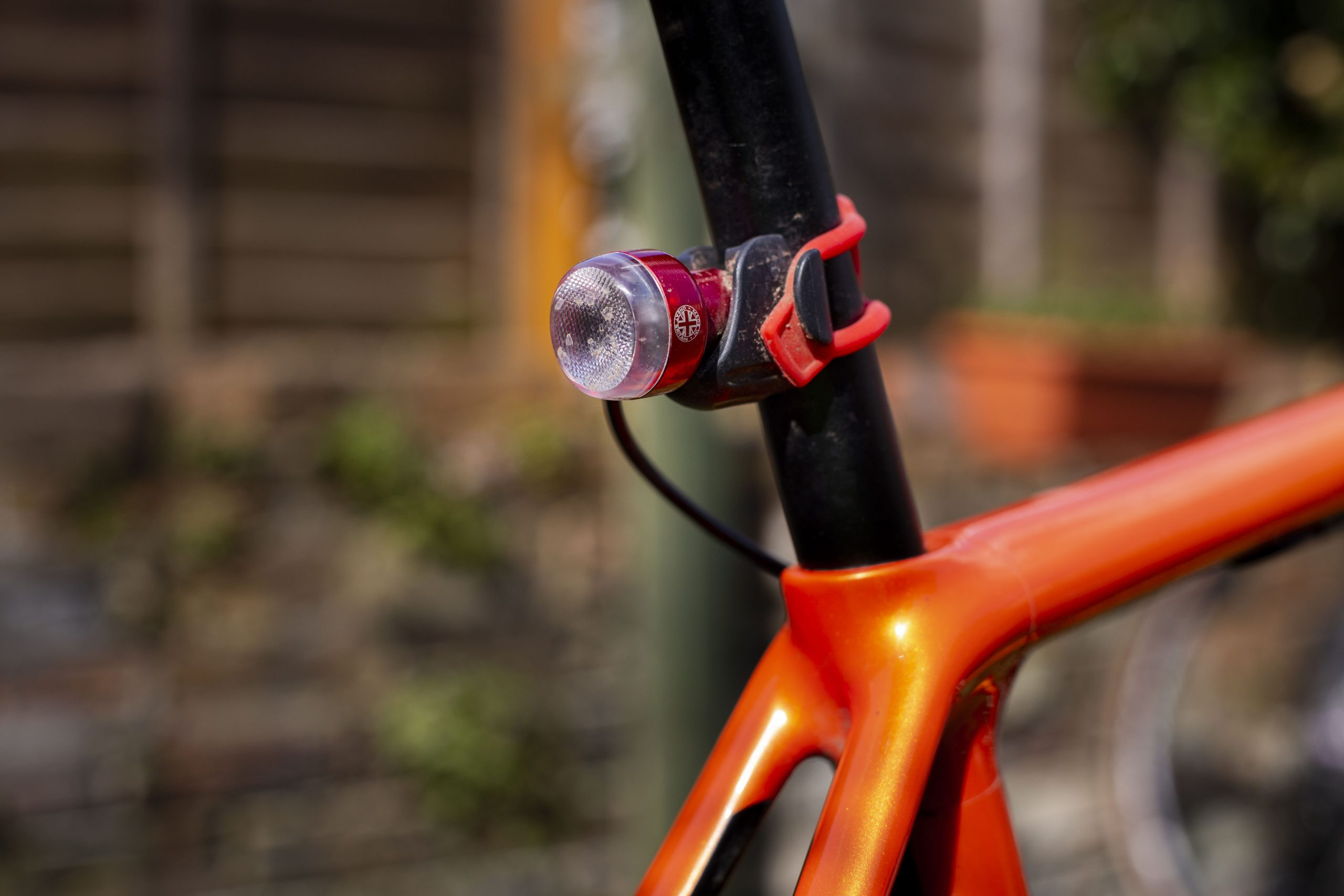 Cannondale Synapse Carbon Disc Ultegra endurance road bike
Cannondale Synapse Carbon Disc Ultegra endurance road bike
A Cannondale Synapse endurance road bike featuring an Exposure Red Eye rear light, connected via coaxial cable to the front dynamo light, a common setup for modern dynamo lighting systems.
Most modern dynamo rear lights use coaxial or twin-core cables for connection to the headlight. Older systems sometimes utilized the bike frame itself as a ground for the electrical circuit.
Dynamo Drag: Assessing the Impact on Performance
Any dynamo system will introduce some level of drag. However, for most cyclists riding at normal speeds, this drag is likely to be negligible.
Lab tests conducted by Fahrrad Zukunft in 2014 demonstrated that even less efficient dynamos add only about 3 watts of drag at a typical riding speed of 20km/h when the light is switched off. With the light activated, drag increases to approximately 6 watts at the same speed. At 30km/h, drag rises to around 8 watts for less efficient dynamos.
The increase in drag when the light is turned on is due to the electricity generation process. The generated electricity, which powers the lights, creates its own magnetic field. This magnetic field interacts with the magnets in the rotor, creating resistance and increasing drag. Drawing more power, for example, by using a 3-watt headlight instead of a 1.5-watt one, will result in increased drag, although it also means more light output.
In contrast, highly efficient dynamo hubs, such as the SONDelux tested in the same study, add only around 6.5 watts of drag at 30km/h with the light on. To put this into perspective, this difference is roughly equivalent to the drag caused by riding with a dirty chain versus a clean chain, as noted by friction expert Jason Smith.
While you can calculate the precise impact of dynamo drag on your speed and riding time using tools like Bike Calculator, the effect is generally minimal for most riders.
A Hunt 4-Season Aero rim paired with a SON Deluxe hub, highlighting the minimal drag and efficient performance of high-quality dynamo hubs, often unnoticeable to the rider.
Beyond drag, some dynamo setups can transmit vibrations that are perceptible to the rider. Radially-laced wheels with Shutter Precision dynamo hubs, for instance, can produce a noticeable rumble through the handlebars at higher speeds. According to Britta Zimmerman of SON, radial lacing can amplify dynamo noise compared to cross-laced wheels. Cross-lacing patterns can dampen vibrations. Similarly, Velogical bottle dynamos may transmit a slight buzz, more pronounced in lower-quality bottle dynamos. However, high-end dynamo hubs like the SONDelux are virtually buzz-free, with only a faint rumble at very high speeds (around 45km/h+). Whether these vibrations are bothersome is subjective, but most riders find them easy to ignore.
Legality of Dynamo Lights: Are They Road-Legal?
 Everything you ever wanted to know about bike dynamos
Everything you ever wanted to know about bike dynamos
A rider on an All-City Mr. Pink rando bike equipped with dynamo lights, emphasizing the legal compliance and reliability of dynamo lighting systems for road cycling.
In most regions, bike dynamo lights are legal for road use. However, it’s always prudent to verify specific lighting regulations in your country or local area. In Germany, for example, bike lights must be StVZO-compliant to be legal. Dynamos are permitted in the UK, but specific regulations for bike lights must be adhered to. Generally, as long as your dynamo setup includes both front and rear lights and a standlight feature to maintain illumination when stopped, it should meet legal requirements.
Charging Devices with a Dynamo: Power on the Go
 ‘The Plug’ stem provides USB charging via a dynamo front hub
‘The Plug’ stem provides USB charging via a dynamo front hub
‘The Plug’ stem integrated with USB charging, powered by a dynamo front hub, demonstrating a solution for charging electronic devices while cycling, ideal for long rides and bikepacking.
Yes, you can utilize a bike dynamo to charge smartphones and other electronic devices. This requires a rectifier to convert the dynamo’s AC output into DC, which is compatible with most electronic devices. Some dynamo headlights, such as the Sinewave Beacon, B&M Lumotec IQ2 Luxos, and AXA Luxx70 Plus, come with integrated USB ports. However, these are less common.
Most cyclists who want to charge devices on the go opt for dedicated USB converters, like the Sinewave Revolution, Cinq Plug5, or Kemo M172N. DIY enthusiasts can also create their own USB dynamo chargers. It’s important to note that dynamo charging for modern smartphones is best considered trickle charging, with a maximum power output of around 4 watts. This is less powerful than standard phone chargers, but generally sufficient to power a GPS bike computer or slowly charge a phone over a long ride.
Pros and Cons of Dynamo Setups: Weighing the Advantages and Disadvantages
Dynamo Light Pros: Advantages of Pedal-Powered Illumination
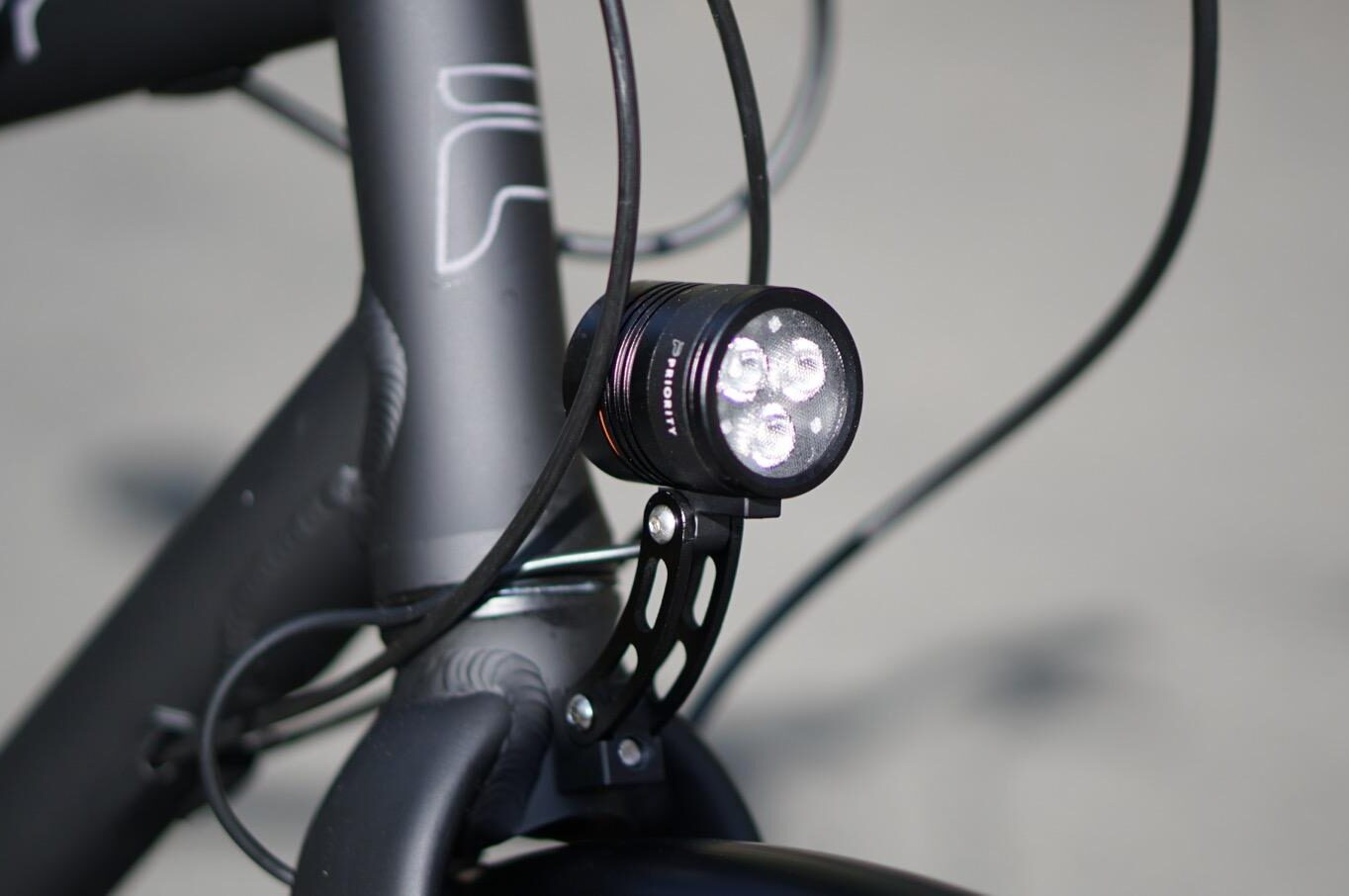 Everything you ever wanted to know about bike dynamos
Everything you ever wanted to know about bike dynamos
A dynamo front light on a bike, emphasizing the convenience of never needing to charge or replace batteries, a significant advantage for commuters and frequent cyclists.
For many cyclists, especially commuters and touring cyclists, the benefits of a bike dynamo system are compelling. For regular bike commuters, the convenience of always-on lights without the need to charge batteries is a significant advantage for daily cycling to work and urban riding. Dynamo lights are typically bolted onto the bike, making them more secure against theft compared to detachable battery lights, especially useful when locking your bike in public places. For bikepackers and cycle tourists, the self-sufficiency of dynamo power is invaluable, eliminating concerns about battery life on extended trips. The ability to charge devices on the go is an added bonus for long-distance adventures. For dedicated year-round road cyclists and those participating in endurance events, dynamo lights offer the peace of mind of infinite runtime, enabling extended rides without battery anxiety.
Dynamo Light Cons: Considerations and Drawbacks
 Everything you ever wanted to know about bike dynamos
Everything you ever wanted to know about bike dynamos
Night riding with dynamo lights, illustrating the suitability of dynamo systems for road cycling but also hinting at potential limitations for more demanding mountain biking terrains.
However, dynamo systems also have drawbacks. For weight-conscious cyclists or those focused on minimizing every watt of energy loss, the added weight and slight drag of a dynamo system might be a deterrent. If your primary need is for daytime visibility or occasional short night rides, battery-powered bike lights might be sufficient and more convenient. While basic dynamo setups for commuting can be relatively affordable, high-performance dynamo systems suitable for unlit roads can be expensive. The market is dominated by smaller manufacturers, and upgrading to a dynamo system often involves the additional cost of building a new front wheel. Finally, the beam pattern of most StVZO-compliant dynamo lights, while excellent for road use, is not optimal for mountain bike night riding. Even dynamo lights with round beams can flicker at low speeds, which can be distracting on technical off-road terrain.
Best Dynamo Hubs and Lights: Top Picks for Reliable Performance
Extensive testing of various dynamo hubs and lights from leading manufacturers has been conducted to assess their reliability and performance. While this overview is not exhaustive, it provides a helpful guide for those considering investing in a dynamo lighting system. The ideal choice depends on individual needs, balancing reliability, repairability, efficiency, and budget.
Best Dynamo Hubs and Generators: Top Performers
Schmidt SONDelux: The Gold Standard
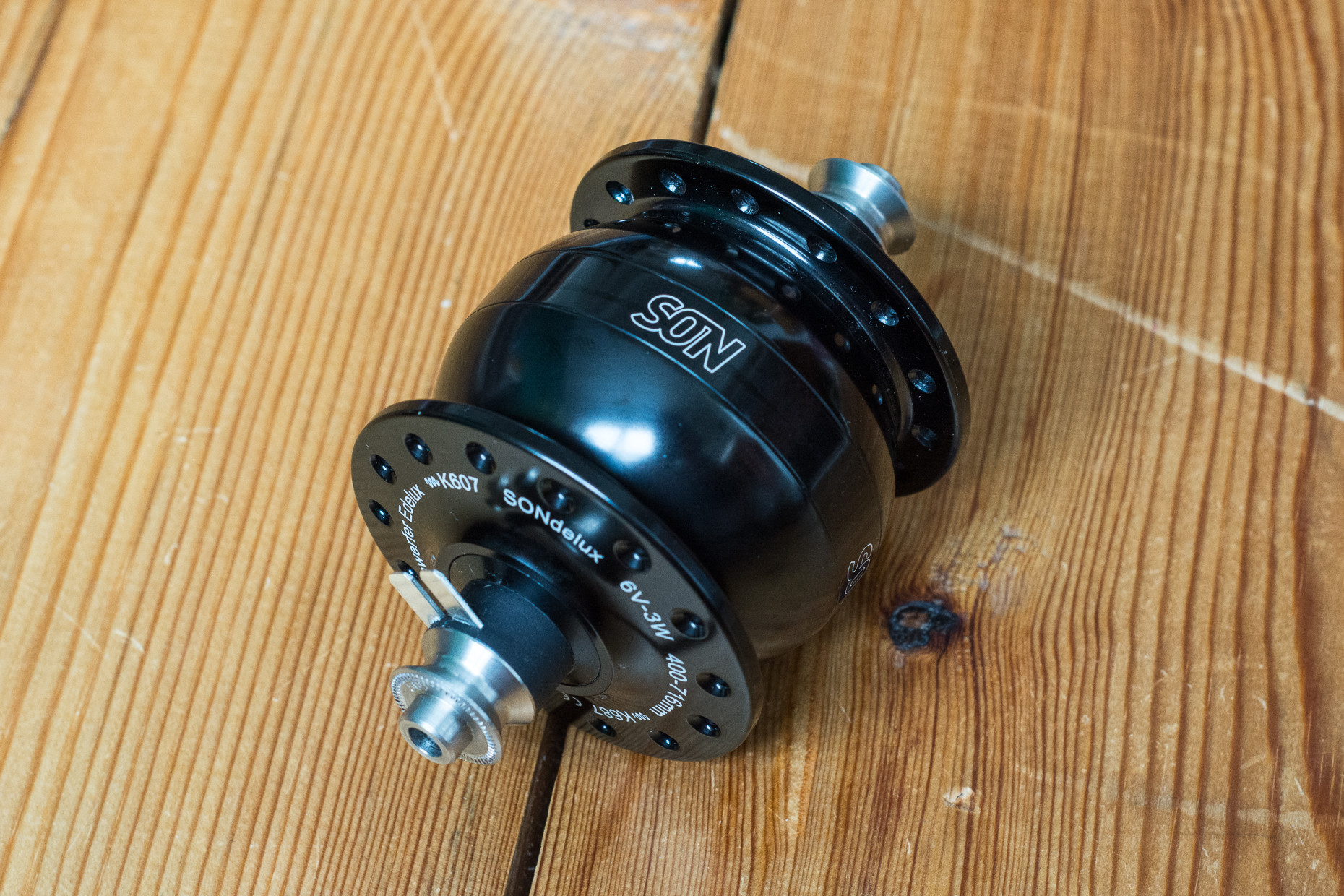 Everything you ever wanted to know about bike dynamos
Everything you ever wanted to know about bike dynamos
The Schmidt SONDelux dynamo hub, recognized for its exceptional efficiency and reliability, often considered the benchmark in dynamo hub technology.
Pros: Exceptional efficiency, high reliability, wide range of options.
Cons: Premium price, servicing typically requires sending to SON.
The SONDelux is widely regarded as the top-performing dynamo hub. Its smooth operation is virtually imperceptible at most speeds, and it maintains good power output even at lower speeds. SON hubs are renowned for their reliability, although servicing usually requires sending them back to SON or an authorized distributor. This premium quality comes at a higher cost, making it one of the most expensive dynamo hubs on the market. For riders prioritizing maximum power output, particularly at lower speeds, the SON 28 is another excellent option. For those committed to dynamo lighting, SON hubs are highly recommended for their performance and longevity.
Shutter Precision SV-9: A More Affordable High-Performer
Pros: More affordable than SON, relatively efficient.
Cons: Inconsistent reliability in some cases, some rumble at high speeds.
If the budget is a constraint compared to SON hubs, Shutter Precision (SP) hubs offer a compelling alternative. SP hubs are more budget-friendly, though not as consistently smooth as SON hubs. While some users have reported mixed experiences with SP hub reliability, including issues that were promptly addressed by warranty service, many others have experienced trouble-free performance over extended periods.
Shimano Dynamo Hubs: Value and Serviceability
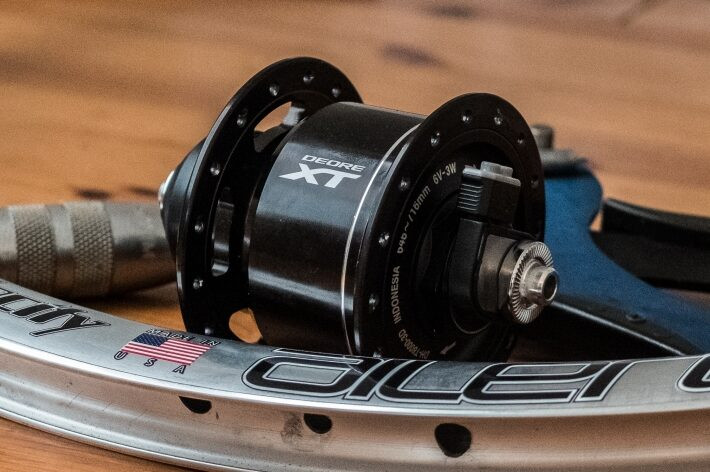 Everything you ever wanted to know about bike dynamos
Everything you ever wanted to know about bike dynamos
Shimano dynamo hubs, showcasing the brand’s wide range of options, known for affordability and accessibility, appealing to cyclists prioritizing value and ease of maintenance.
Pros: Very affordable, wide range of specifications, high power output at low speeds.
Cons: Heavier than premium options, limited in-depth servicing options.
For budget-conscious cyclists who prioritize value and are less concerned about weight, Shimano dynamo hubs are an excellent choice. Despite a shrinking product line in recent years, Shimano continues to offer a range of affordable dynamo hubs for both disc and rim brakes, from entry-level to Deore XT level. While not fully user-serviceable, Shimano hubs allow for servicing of non-driveside bearings and replacement of the generator and driveside bearing assembly without wheel relacing, offering some level of maintainability.
Velogical Sport Bottle Dynamo: Versatility and Lightweight Design
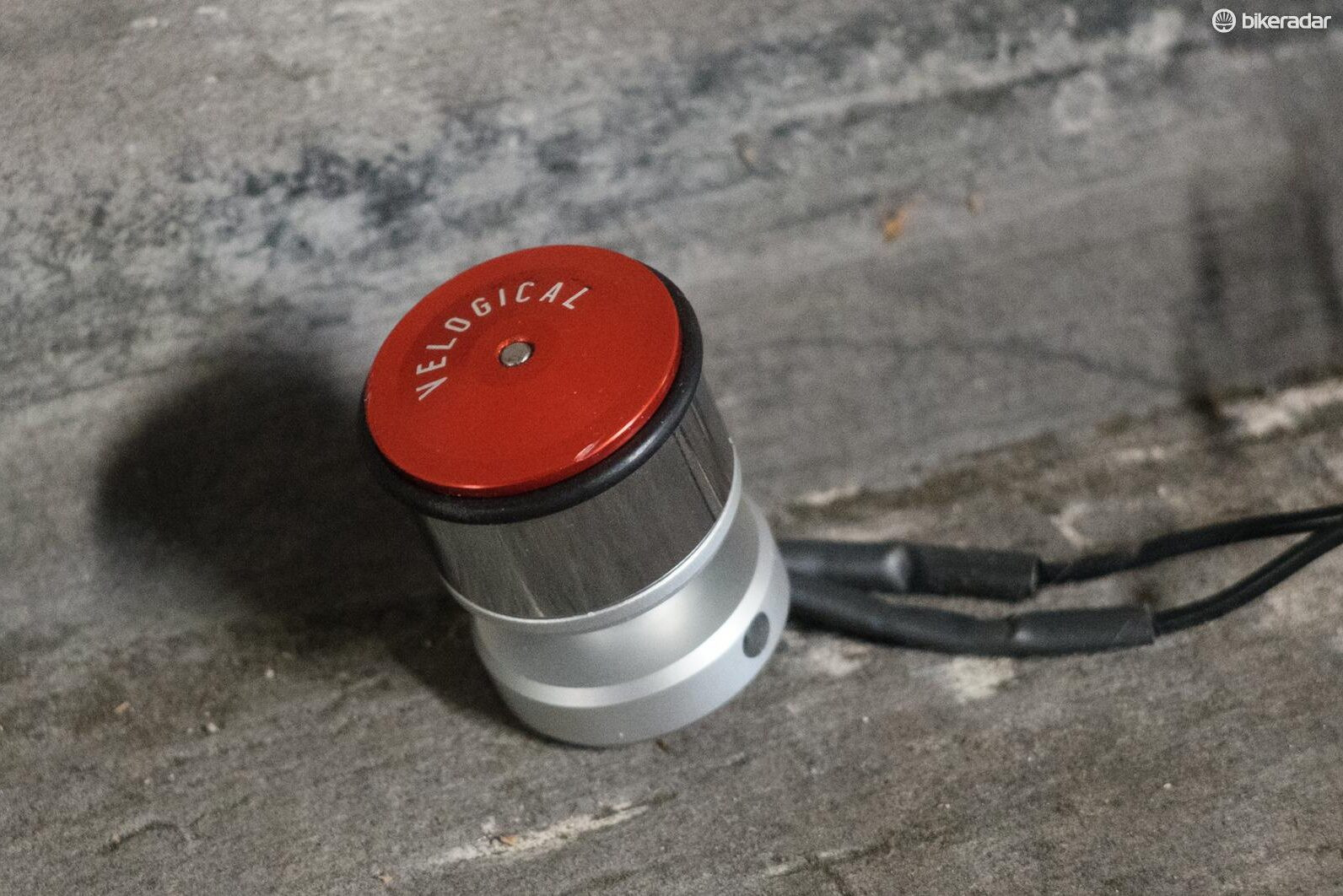 Everything you ever wanted to know about bike dynamos
Everything you ever wanted to know about bike dynamos
The Velogical rim dynamo, presenting a modern, lightweight take on bottle dynamos, offering versatility across different bikes and the option to disengage when not needed.
Pros: Adaptable to different bikes, lightweight.
Cons: Can be fiddly to set up initially, less aerodynamic than hub dynamos.
For cyclists with multiple bikes, including those with both rim and disc brakes, or those who prefer the option to disengage the dynamo completely, Velogical bottle dynamos are a smart solution. While initial setup can be a bit intricate, the design and build quality are excellent, offering a lightweight and adaptable dynamo option.
Best Dynamo Lights: Top Illumination Choices
SON Edelux II: Unmatched Quality and Optics
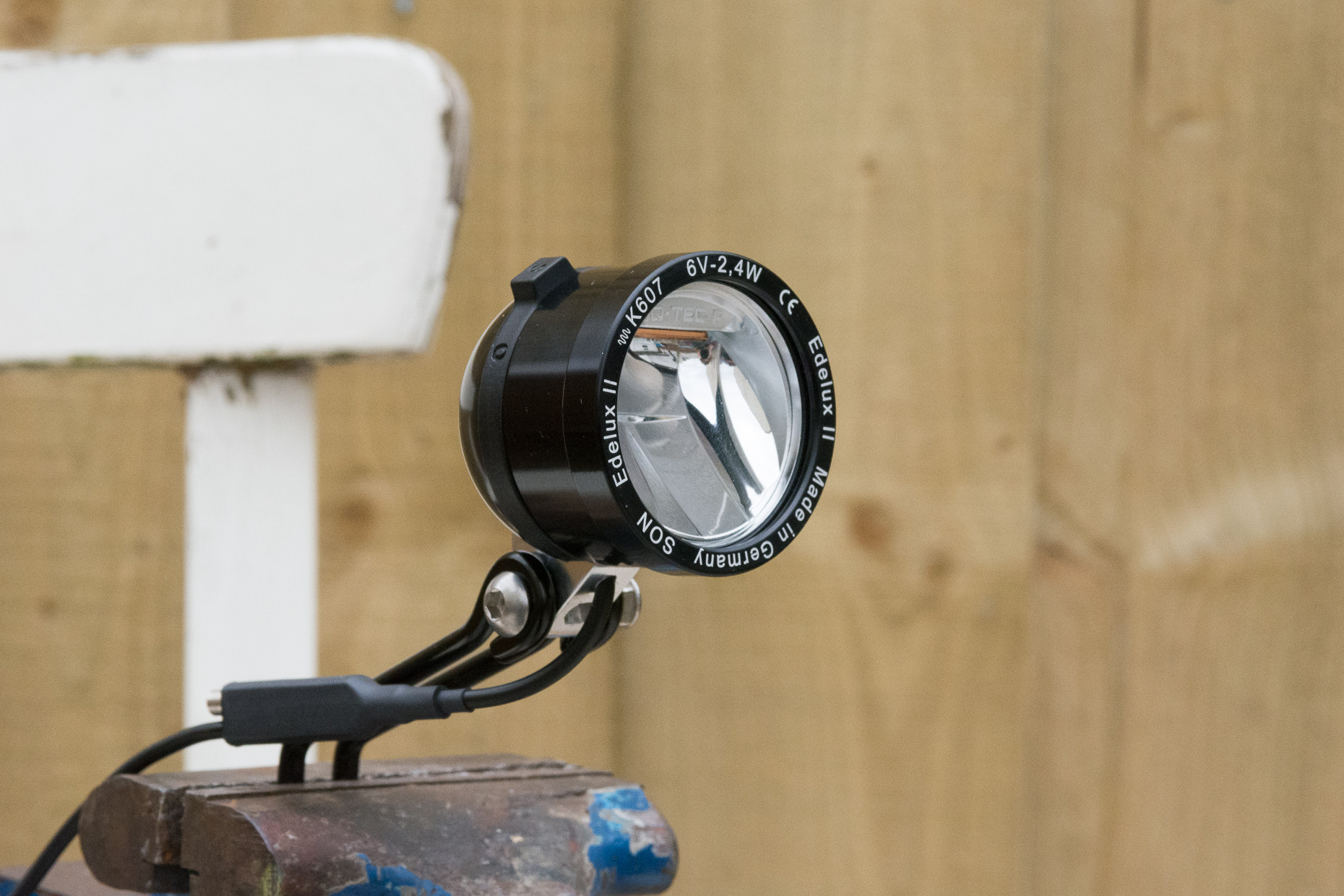 Everything you ever wanted to know about bike dynamos
Everything you ever wanted to know about bike dynamos
SON Edelux II dynamo headlight, renowned for its superior build quality and exceptional beam optics, making it a top choice for demanding cyclists.
Pros: Superb build quality, excellent beam optics.
Cons: Premium price.
Once again, SON leads the way with the Edelux II headlight. Its build quality is unmatched, and its beam optics, licensed from Busch + Müller, are perfectly optimized for road and gravel riding. Available in various mounting configurations and colors, the SON Edelux II is a top-tier choice for discerning cyclists.
Busch + Müller IQ-X: High Performance at a Lower Price Point
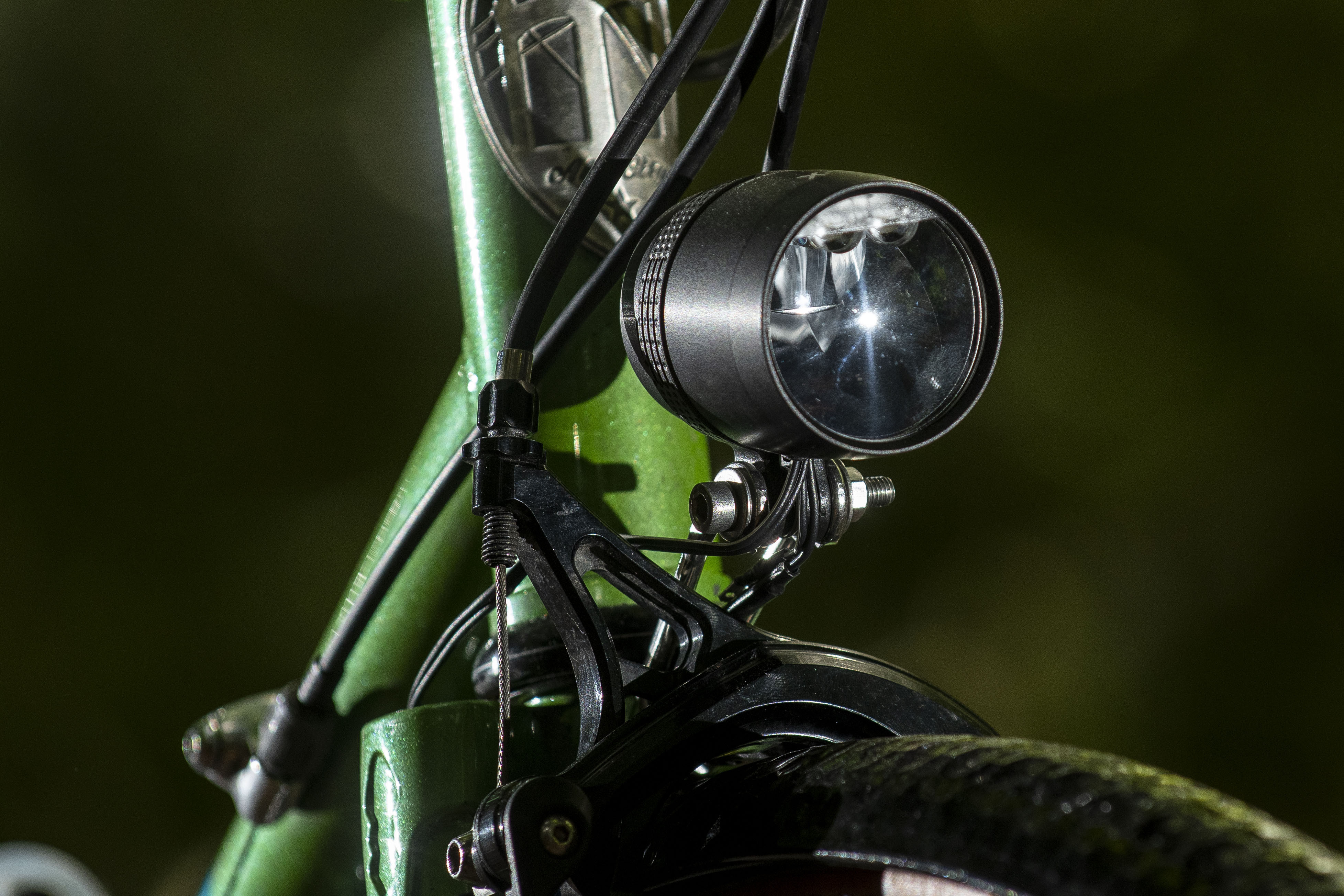 Everything you ever wanted to know about bike dynamos
Everything you ever wanted to know about bike dynamos
The Busch + Müller IQ-X headlight, offering performance comparable to SON lights but at a more accessible price, a popular choice for cyclists seeking quality and value.
Pros: Performance similar to SON lights at a more affordable price.
Cons: Build quality less premium, potential for water ingress.
The Busch + Müller IQ-X offers similar beam optics to the SON Edelux but in a more affordable package. While the build quality is slightly less robust, it performs admirably in day-to-day use. Some users have reported minor issues like cable remnants and potential water ingress, but overall, the IQ-X is a highly regarded dynamo headlight.
Exposure Revo: Power and Standlight for Adventure Riding
 The Exposure Revo and Hunt Superdura Disc Dynamo wheel are my favourite parts on the bike.
The Exposure Revo and Hunt Superdura Disc Dynamo wheel are my favourite parts on the bike.
The Exposure Revo dynamo light, favored for its powerful output and exceptional standlight duration, particularly well-suited for off-road adventures and bikepacking.
Pros: Powerful light output, excellent standlight duration.
Cons: No fork crown mounting option.
The Exposure Revo is a beautifully crafted dynamo light ideal for off-road adventures. Its standout feature is its impressive standlight, providing up to an hour of usable light. The coaxial connectors are user-friendly, and the light is compatible with other Exposure accessories. The only minor drawback is the lack of a fork crown mounting option.
